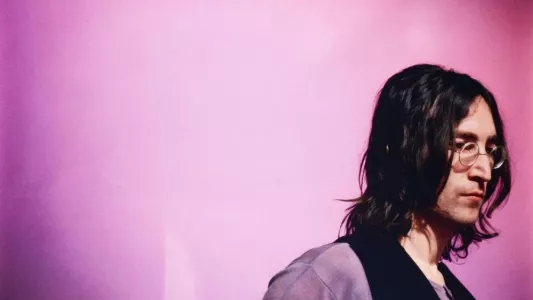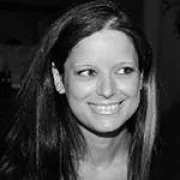Ever since its invention back in the 18th century, photography has been documenting life. At the same time, it focuses on inviting audiences to a rather subjective world while trying to be taken seriously as an art form. Photography has always been considered a male dominated profession, but luckily things are changing. Scholars, writers, bloggers, photography students and enthusiasts have been giving due to the female pioneers of the field. Most of them were always standing and/or hiding in the shadows, oblivious to how much they could acclaim and accomplish. Arguably, the technique, concepts and themes female photographers use, differ from those of male photographers. When most women were convinced that their place was in the kitchen and certainly not in the dark room, there were those who were struggling to surpass their male counterparts and work towards gaining respect and recognition for their work.
I’m interested in the edges of the world, not the centre.
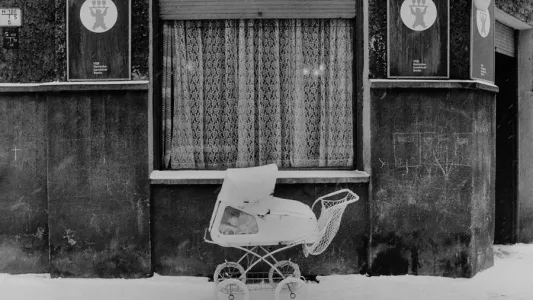
Sibylle Bergemann
(German photographer, 1941-2010) is one of the most important German photographers of the last decades. She completed clerical training in East Berlin between 1958 and 1960, but then developed an interest in photography while working on the editorial staff of the East German entertainment periodical
Das Magazin
. At the age of 25, she began studying photography under the photographer and university teacher Arno Fischer, who eventually became her lifelong partner. Early on, she contributed to leading East German periodicals of the time, but by the early 1970’s, her photographs started to appear in the women’s fashion magazine
Sibylle
where she soon developed her own style. Her portraits were rather descriptive, showing people as they appeared in real life. She treated her models as individual personalities, rather than dolls, and her work often had a touch of dreamy melancholy. Bergemann soon moved on from fashion to photograph first her own country, East Germany, and later the rest of the world. She documented the developments in East Berlin during the Communist era and later went on international assignments for magazines
Stern
and
Geo
. In 1990, she co-founded the Ostkreuz photographers’ agency. Perhaps Bergemann's most important legacy is the series of black and white photographs she took of everyday life in East Germany as it evolved over the years. Later, she compiled photographic reportages about New York City, Tokyo, Paris and São Paulo; and even more recently, turning from black and white to colour, she travelled through Africa and Asia on assignments for
Geo
. In 1994, Bergemann's talent was recognized when she became a member of the Berlin Academy of Arts. In 2007, she held an exhibition of her work at the Museum für Photographie in Braunschweig.
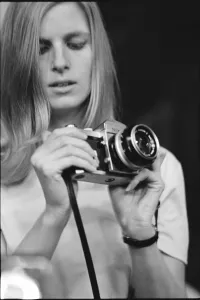
Linda McCartney
(American photographer, 1941-1998) had originally studied Art History and although her formal training extended to just two lessons on photography, the pictures by Walker Evans, Dorothea Lange and Edward Weston that she discovered there – along with her later introduction to the photography of Edward Steichen – inspired and influenced her work. Linda was fascinated by the history of photography and honoured the early photographic pioneer William Henry Fox by producing handcrafted cyanotype prints. She experimented with other printing processes throughout her career, as well as producing thousands of Polaroids. She got her first big break as a photographer while working as an editorial receptionist at
Town and Country Magazine
. She used an unwanted invitation to a Rolling Stones promotional party to document an event and photograph the band. The magazine was so impressed with her candid, intimate and relaxed photographs of the Rolling Stones that they published her images in an editorial feature – her first of many magazine commissions. Linda became a professional photographer in the mid 1960’s. Her pictures during this period chronicled the musical revolution of the decade. Whilst working as the house photographer at the Fillmore East in New York City she photographed many iconic musicians. She was the first female photographer to have work featured on the
Rolling Stone
magazine’s cover. McCartney’s early color photographs complement those of her contemporaries, yet like many color works by photographers, particularly female photographers, working in the 20th century the work is only now receiving the recognition it deserves. Recurring motifs in Linda’s work, such as humour, surrealism, empathy and social conscience, were often enhanced by her choosing of colour film to capture a subject.
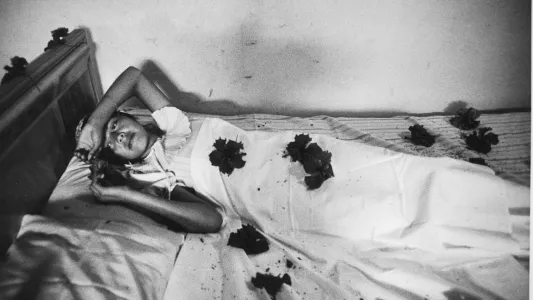
Graciela Iturbide
(Mexican photographer, 1942-) was given her first camera when she was only 11 years old. She got married at the age of 20, and after the death of one of her three children, Iturbida turned to photography. At the age of 29 she enrolled at film school with the intention of becoming a film director, but soon realized how drawn she was to photography. Manuel Álvarez Bravo was her teacher at the university and subsequently became her mentor. She travelled with Bravo between 1970 and 1971 and learned that “there is always time for the pictures you want”. In 1971 she was awarded the W. Eugene Smith Grant and a scholarship at the Guggenheim College. Iturbide travelled widely across Latin America and in 1978 she was commissioned by the Ethnographic Archive of the National Indigenous Institute of Mexico to photograph Mexico’s indigenous population. In 1979 she was invited by the artist Francisco Toledo to photograph the Juchitán people who form part of the Zapotec culture native to Oaxaca in southern Mexico. Between 1980 and 2000, Iturbide was variously invited to work in Cuba, East Germany, India, Madagascar, Hungary, Paris and the US, producing a number of important bodies of work. Graciela would photograph everyday life, almost entirely in black and white, following her curiosity and personal preference. She would deliberately avoid using labels and wanted to relate with her subjects to produce poetic portraits. Iturbide used photography as a way of understanding Mexico; combining indigenous practices, assimilated Catholic practices and foreign economic trade under one scope.
We will continue talking about female names that left their mark in photography and about contemporary female photographers who are still to emerge. There are a lot of female photographers out there deserving of praise and we can only hope to cover as many of them as we can. Please, follow this space to find out more.
The real thing that makes a photographer is more than just a technical skill, more than turning on the radio. It has to do with the force of inner intention. I have always called this a visual signature.
